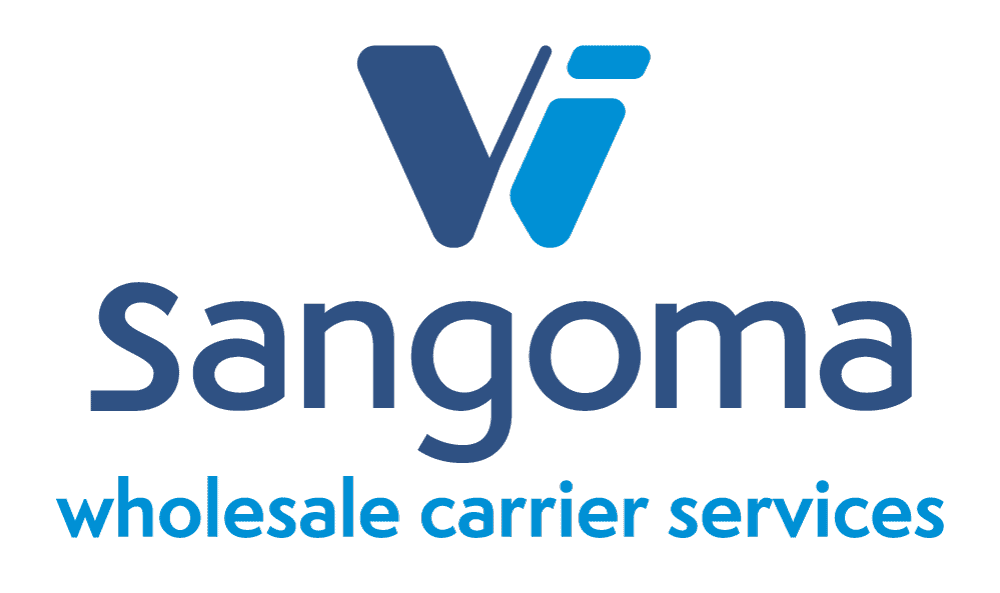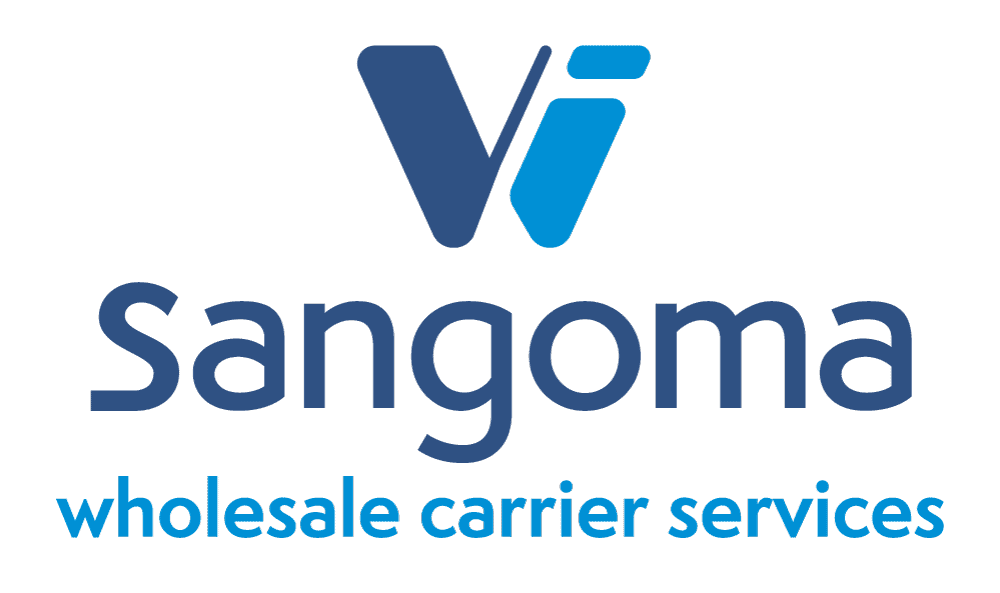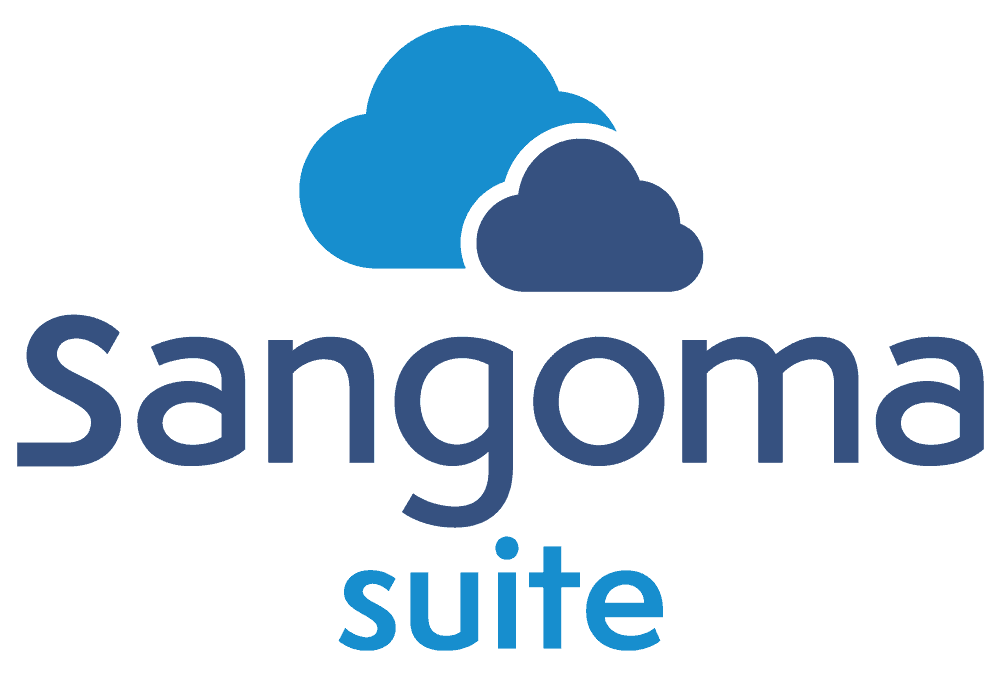Mobile Access Control is Disrupting the Market—for Good Reasons
Rapid cloud computing and access control developments are transforming and dominating the security and access control markets at break-neck speed. Just like an RFID keycard, your smartphones can be used to quickly gain access to doors, elevators, and turnstiles, all with a tap or a swipe.
With such ease of use, it’s clear to see why mobile access control is a game-changer:
- Smartphones are always on hand and quick to access.
- Mobile access delivers stringent security when compared to the traditional keycard. Smartphones leverage the use of biometrics, such as FaceID and TouchID, in order to gain access to any of the applications. A report by Mordor Intelligence indicates biometrics is on top for market trends in access control.
- Mobile access controls are powerhouses. Mobile credential-based platforms can provide instantaneous access data, enabling security teams to integrate technology such as passive tailgating and people counters to know how many users are in the office—a critical feature during an emergency.
Further bolstering the platform’s security, mobile credential-based access control systems are backed by cloud infrastructure. This comes in handy for multi-site deployments and the management of these sites. Let’s look at a use case: if an employee visits another office branch, with an RFID keycard access control system, this would typically require advance notice of the visit to prepare security and access. Administrative time and resources drain from this manual process while exposing the company to leaked credentials. With a cloud-based system, access levels are managed centrally. This improves not just management and resource allocation—it’s also convenient for the user.
A touchless lifestyle leads to explosive growth
The COVID-19 pandemic ushered in a touchless lifestyle, leaving businesses rushing to find solutions to physical methods of security. Moving to the adoption of mobile and cloud-based credential platforms, there’s a significant increase in the growth of the access control market. In 2020, the market was valued at USD 7.65 billion in 2020 and is expected to reach USD 11.7 billion by 2026 and grow at a CAGR of 7.38% by 2026. Coupled with the cost-effectiveness of these modern platforms in comparison to traditional access systems, small businesses can now afford the simplicity and enhanced security that mobile access control provides. Where it would cost on average $1000-2000 per door with an RFID-based system, it could cost as low as $500 per door. Tune in for a future blog comparing the cost of ownership of these two different systems.
Sangoma’s mobile access control solution
Sangoma SmartOffice Access delivers contactless access control while being mobile and cloud-based through the convenience of a smartphone for easy premise access. It’s deployed entirely wire-free, with wireless door locks and no door readers to install. With a smartphone in hand, biometrics deliver secure authorization with a simple swipe on the mobile app or physical proximity to a door.
SmartOffice Access is based on IoT technology, making the solution extremely cost-effective, since it eliminates all the costs of breaking down walls and drilling, to physically wire the solution. It’s also future-proof to evolve security measures and features based on market demands for increased security methods. The platform integrates with existing traditional access control systems allowing users to continue to use their existing system at the same time while going completely wireless in the future.
Learn More about Sangoma SmartOffice Access.
The post Mobile Access Control is Disrupting the Market—for Good Reasons appeared first on Sangoma.





